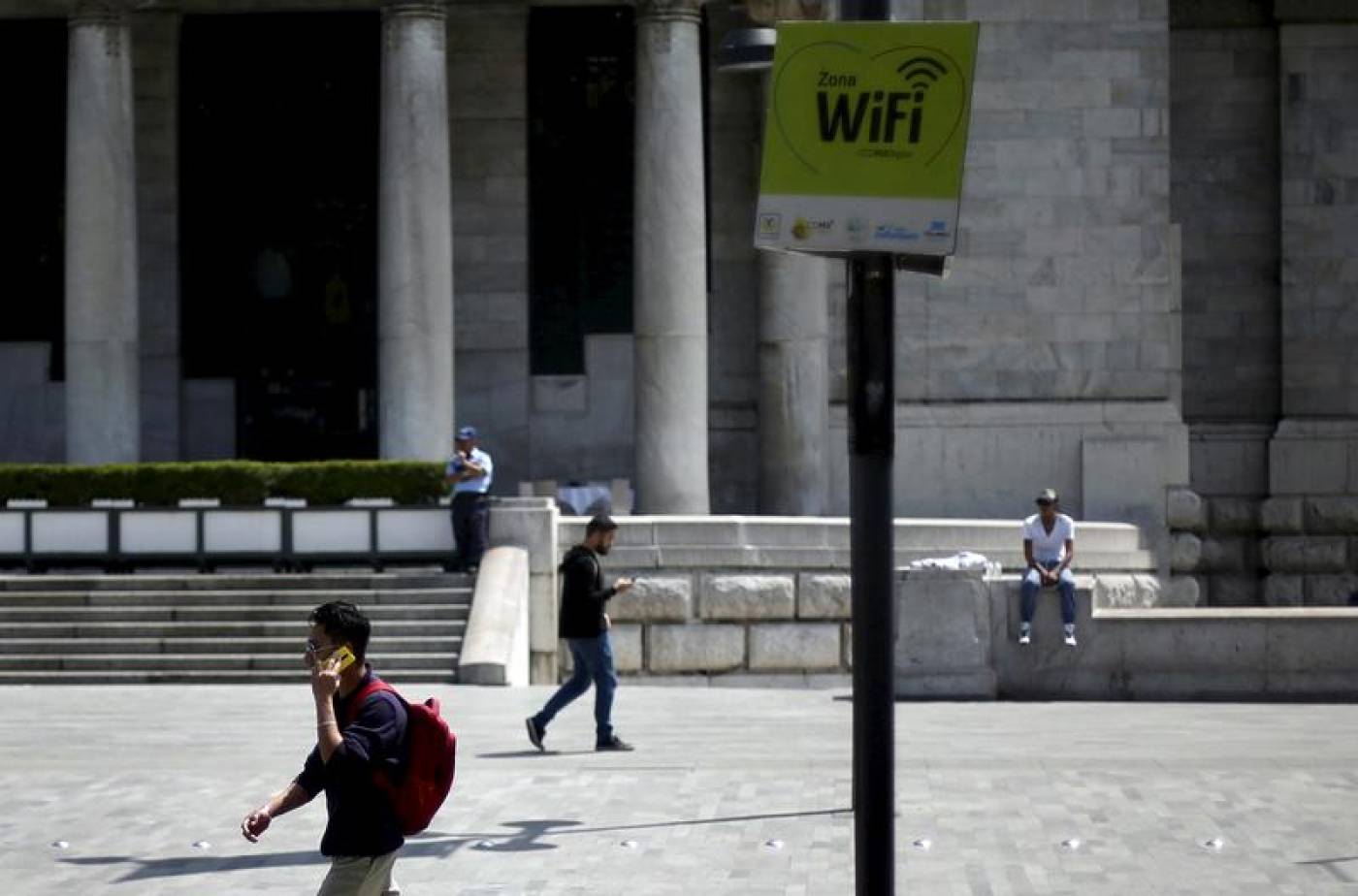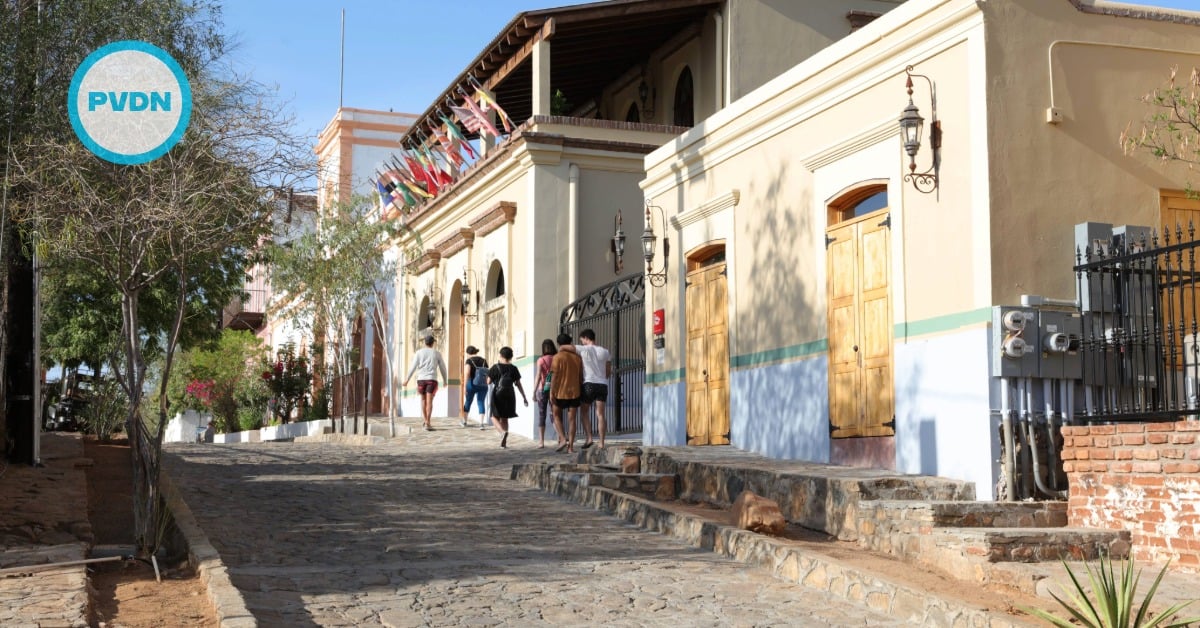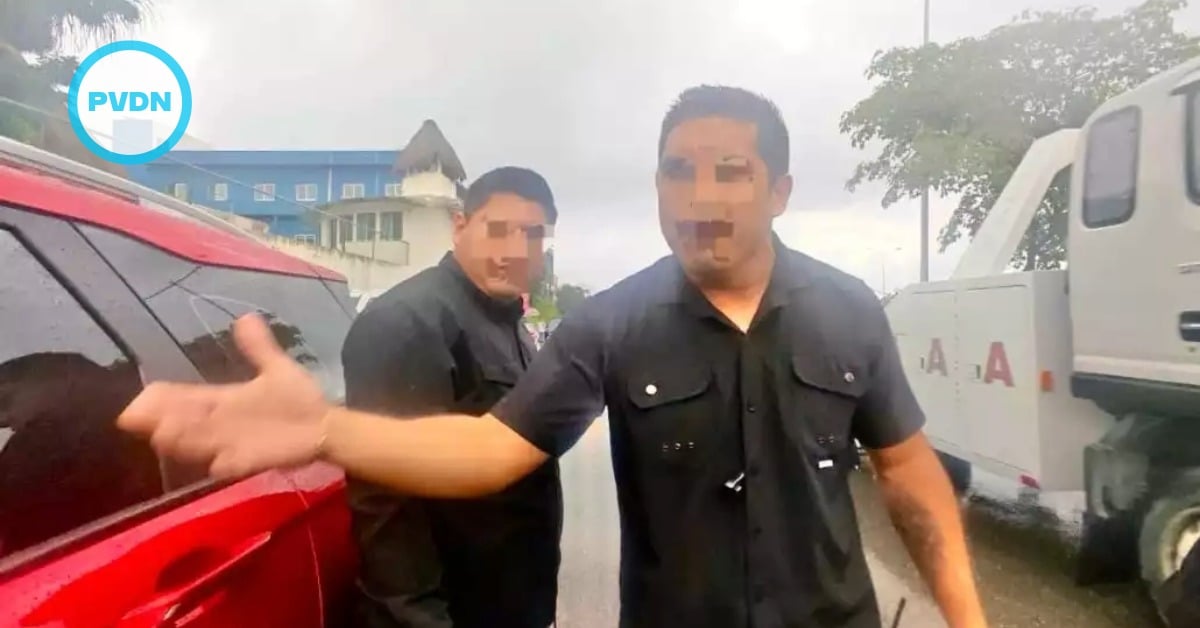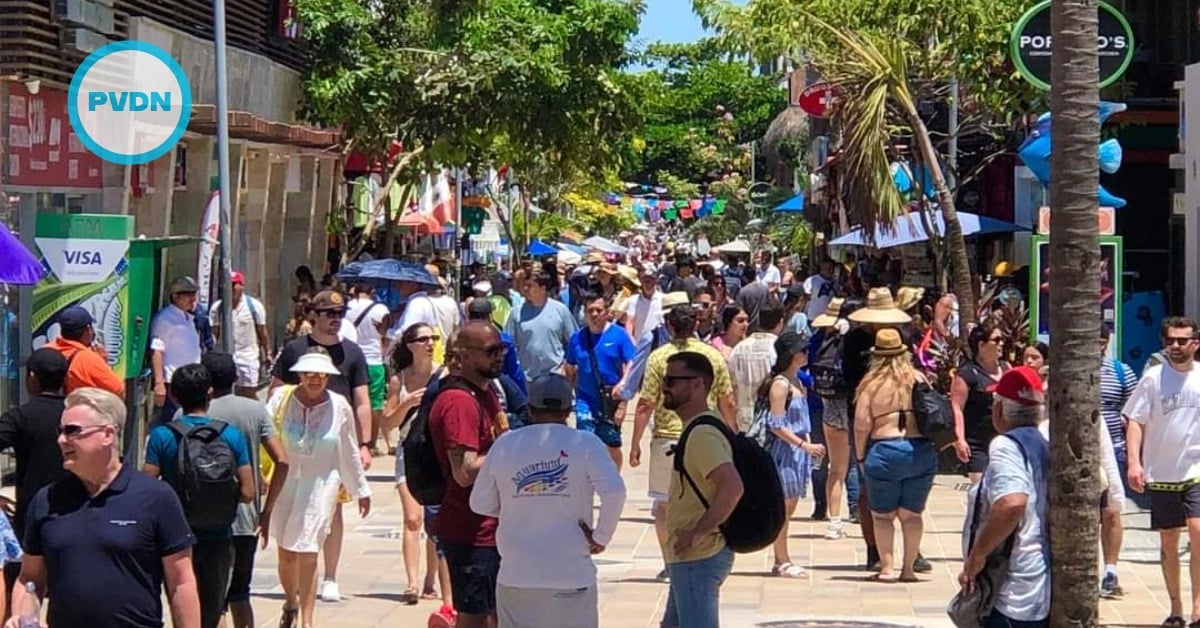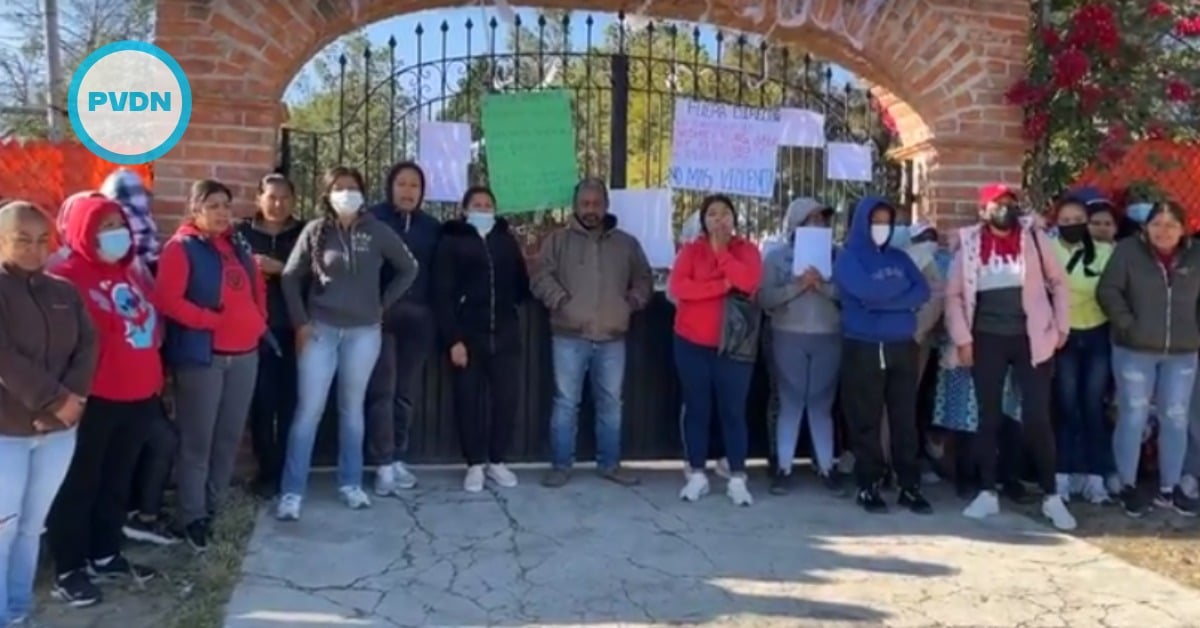On a sunny morning dozens of protesters reeling from the coronavirus pandemic gathered in Mexico City’s central square to demand financial support, while workers rushed by with their heads buried in their phones. What could not be seen were the signals containing reems of persona…


